Dragon fruit also known as pitaya, is a fascinating fruit with a striking appearance. But what does Dragon fruit taste like? Let’s dive into the flavors and textures that make dragon fruit a unique culinary experience.
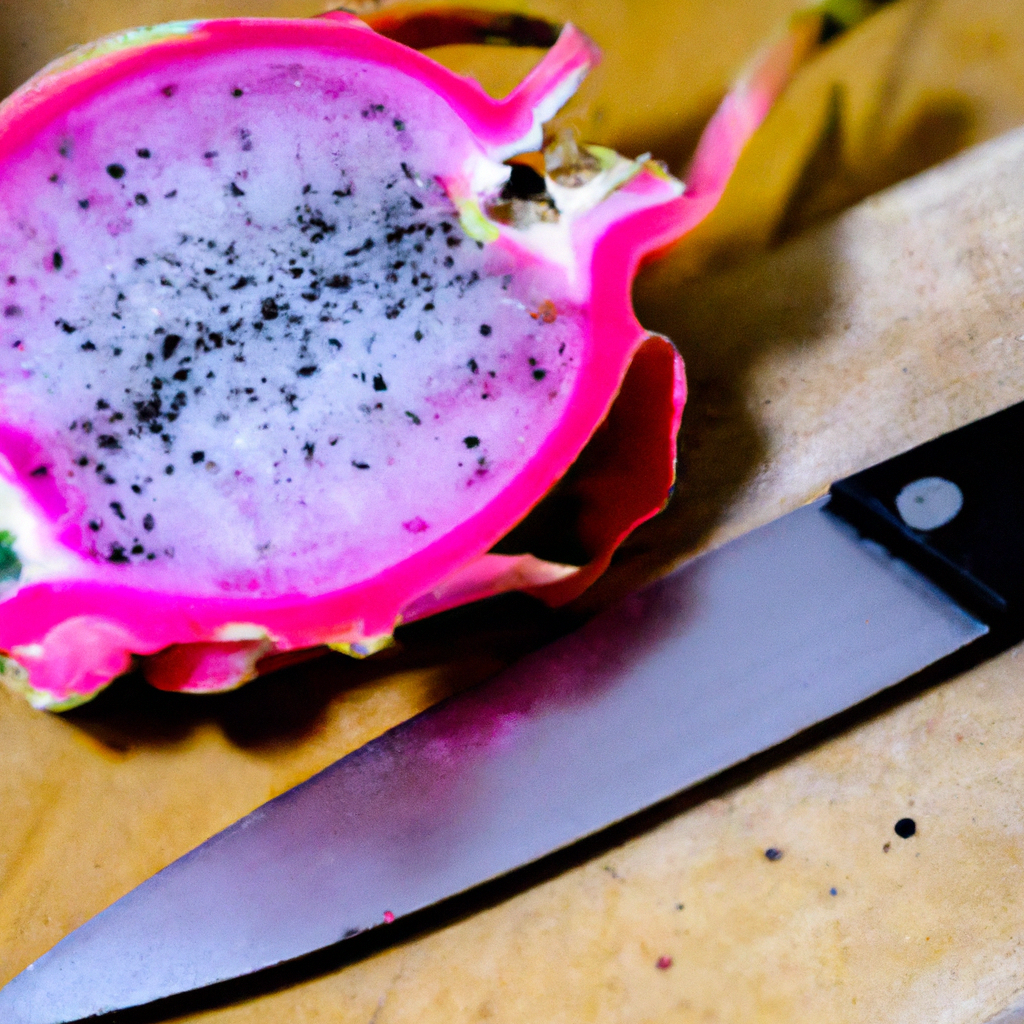
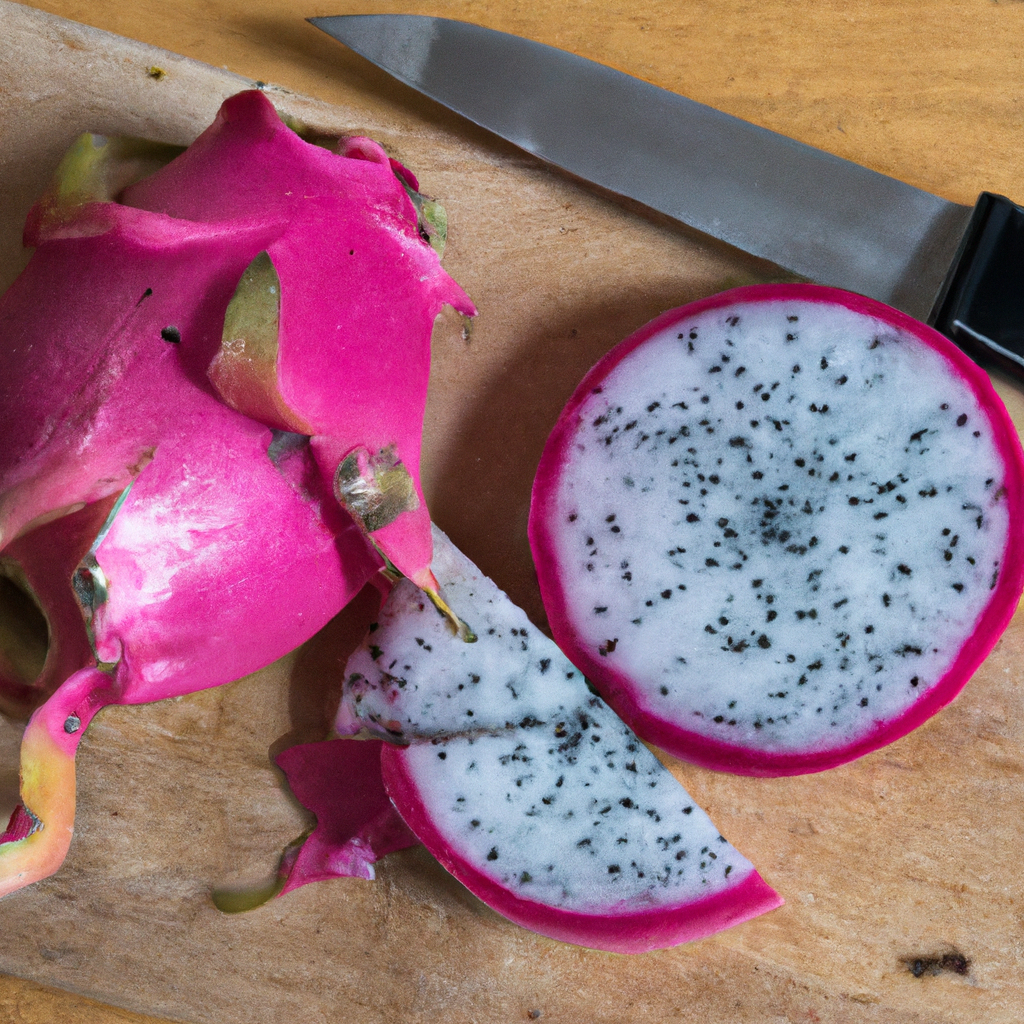
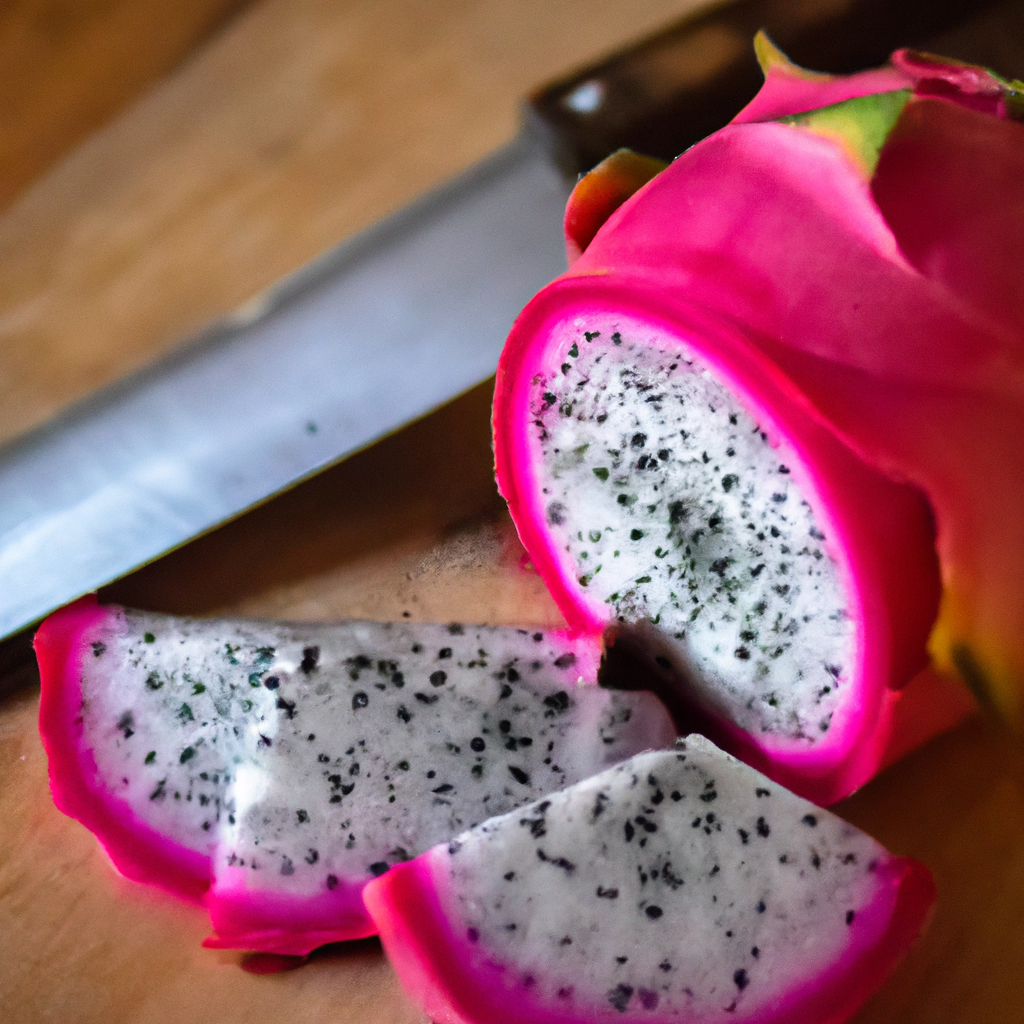
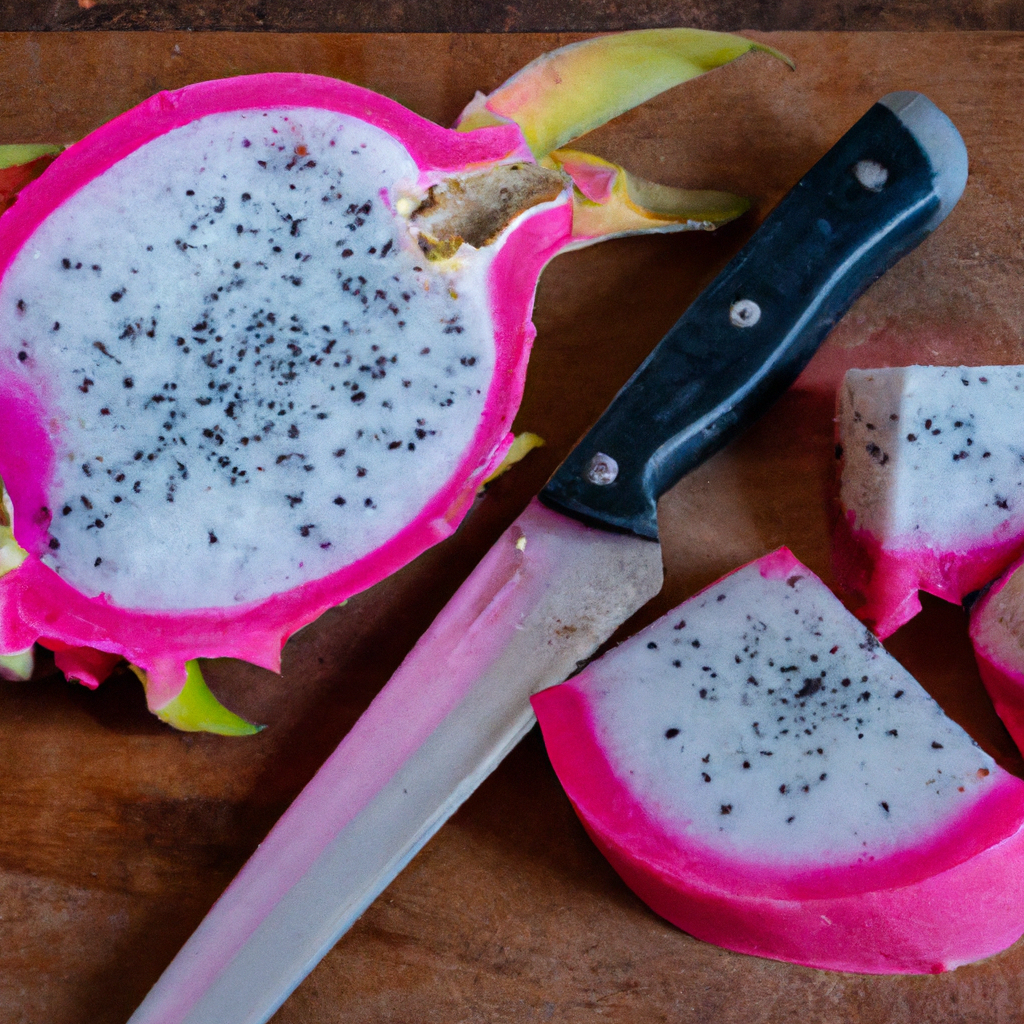
The taste of dragon fruit can vary depending on the variety you choose. Generally, the flesh of dragon fruit has a mild sweetness similar to a combination of kiwi and pear. It offers a refreshing flavor profile that is both subtly sweet and slightly tangy. Some people also describe it as having a hint of watermelon-like taste.
How Do You Know When Dragon Fruit Is Ripe?
Determining the ripeness of a dragon fruit is crucial to fully enjoy its flavors. Here are a few indicators to look for when selecting a ripe dragon fruit:
- Color: A ripe dragon fruit typically has vibrant, evenly distributed colors. The outer skin may appear bright pink, deep red, or yellow, depending on the variety. Avoid fruits with excessive blemishes or bruises.
- Texture: Gently press the fruit with your fingers. A ripe dragon fruit will have a slight give, similar to a ripe avocado. If it feels too firm or overly soft, it might not be at its peak ripeness.
- Smell: Give the fruit a gentle sniff. A ripe dragon fruit will emit a subtle, sweet aroma. If it lacks any fragrance, it might still need some time to ripen.
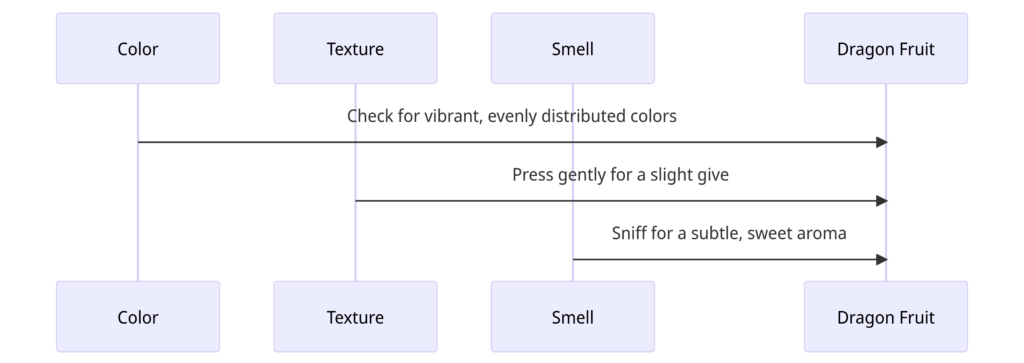
How to Peel and Cut Dragon Fruit
Once you’ve determined that your dragon fruit is ripe and ready to be enjoyed, the next step is to peel and cut it. Follow these simple steps:
- Start by washing the fruit thoroughly under cool water to remove any dirt or debris from the outer skin.
- Using a sharp knife, make a lengthwise incision along the fruit, cutting through the outer skin. Be careful not to cut too deeply into the flesh.
- Hold the fruit firmly and gently pull the halves apart to expose the inside of the dragon fruit.
- Scoop out the flesh using a spoon or melon baller. The flesh is typically white with small black seeds scattered throughout.
- If desired, you can further slice or dice the dragon fruit into bite-sized pieces for easier consumption.

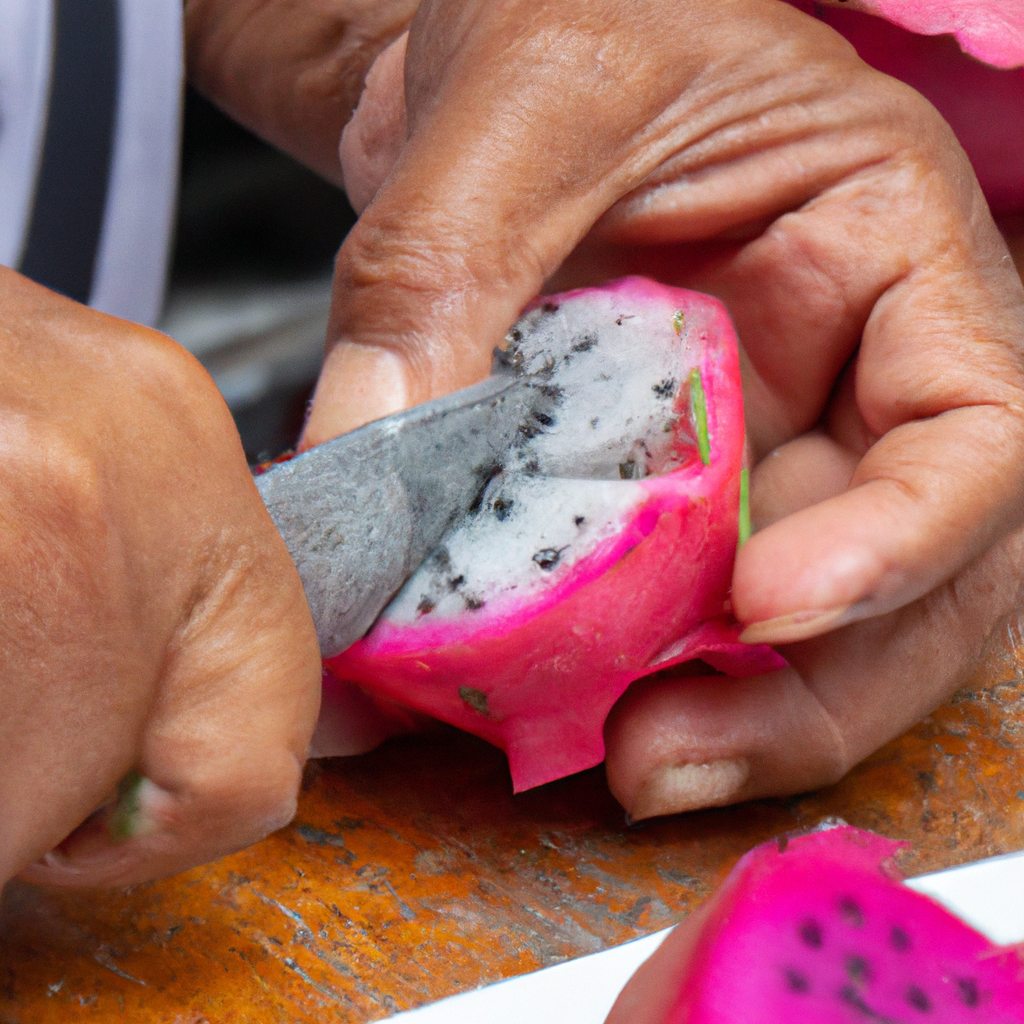
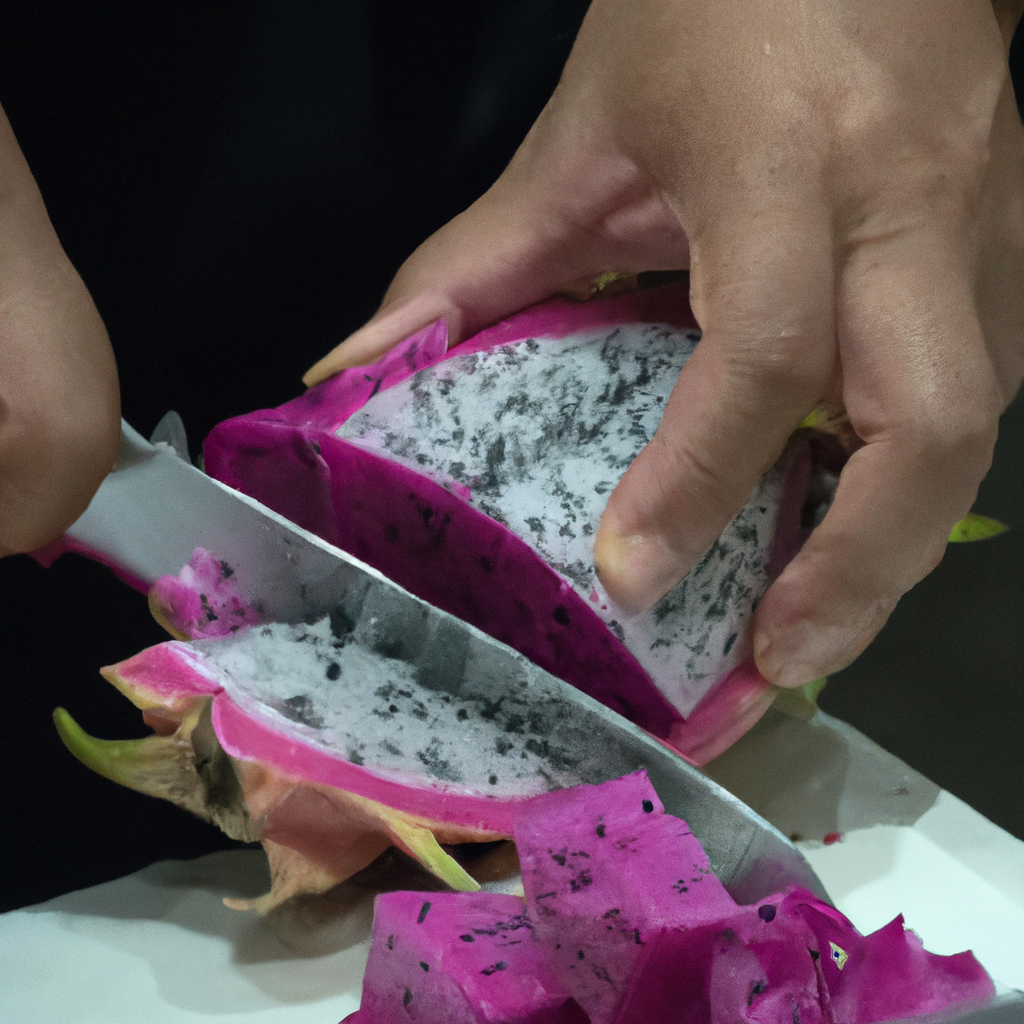
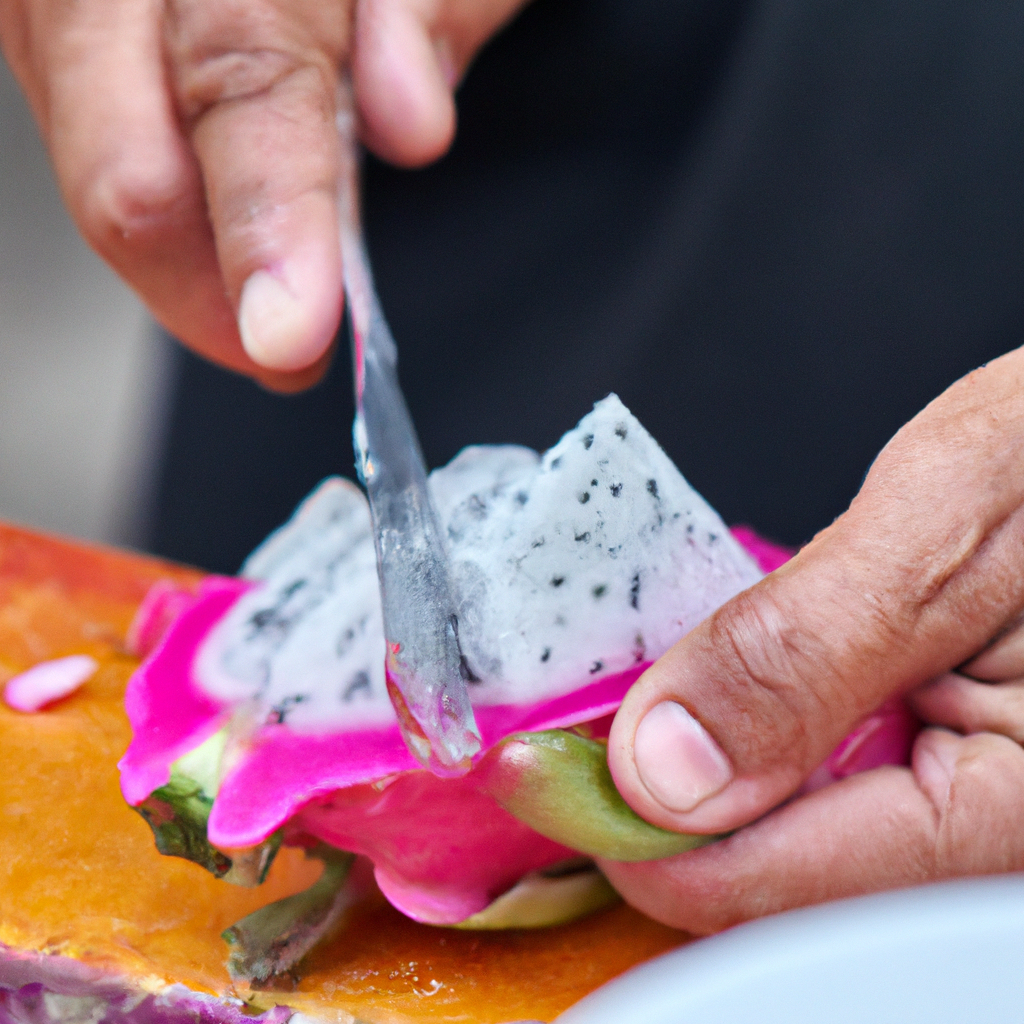
How Do You Eat Dragon Fruit?
Dragon fruit can be enjoyed in various ways, thanks to its versatility. Here are a few popular methods of consuming this delightful fruit:
- Fresh and Raw: One of the simplest ways to enjoy dragon fruit is by eating it fresh and raw. Scoop out the flesh and savor it as a refreshing snack or add it to fruit salads for an extra burst of flavor.
- Smoothies and Juices: Dragon fruit’s vibrant color and unique taste make it a fantastic ingredient for smoothies and juices. Blend the flesh with other fruits, such as strawberries or pineapple, and some liquid of your choice for a delightful and nutritious beverage.
- Desserts: Get creative with dragon fruit and incorporate it into your desserts. It can be used as a topping for cakes, tarts, or even transformed into sorbets or popsicles.

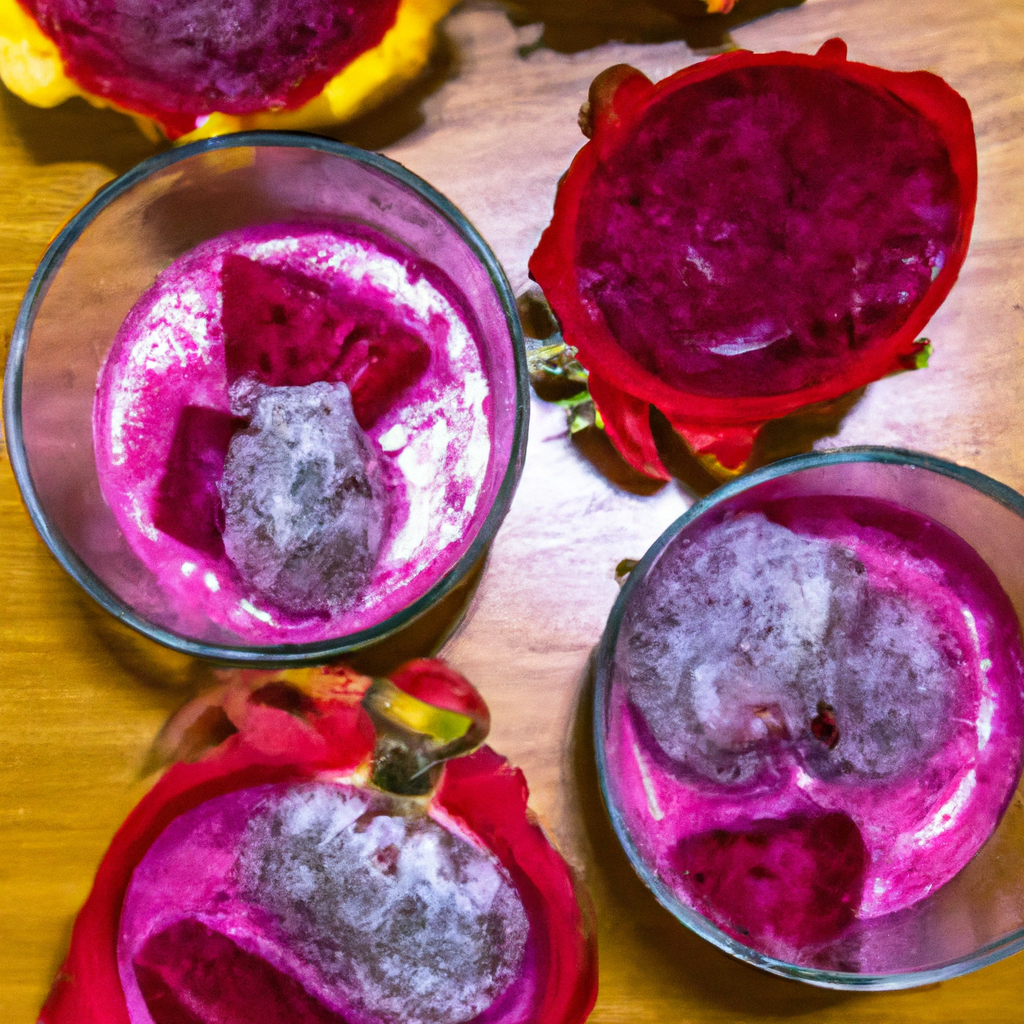

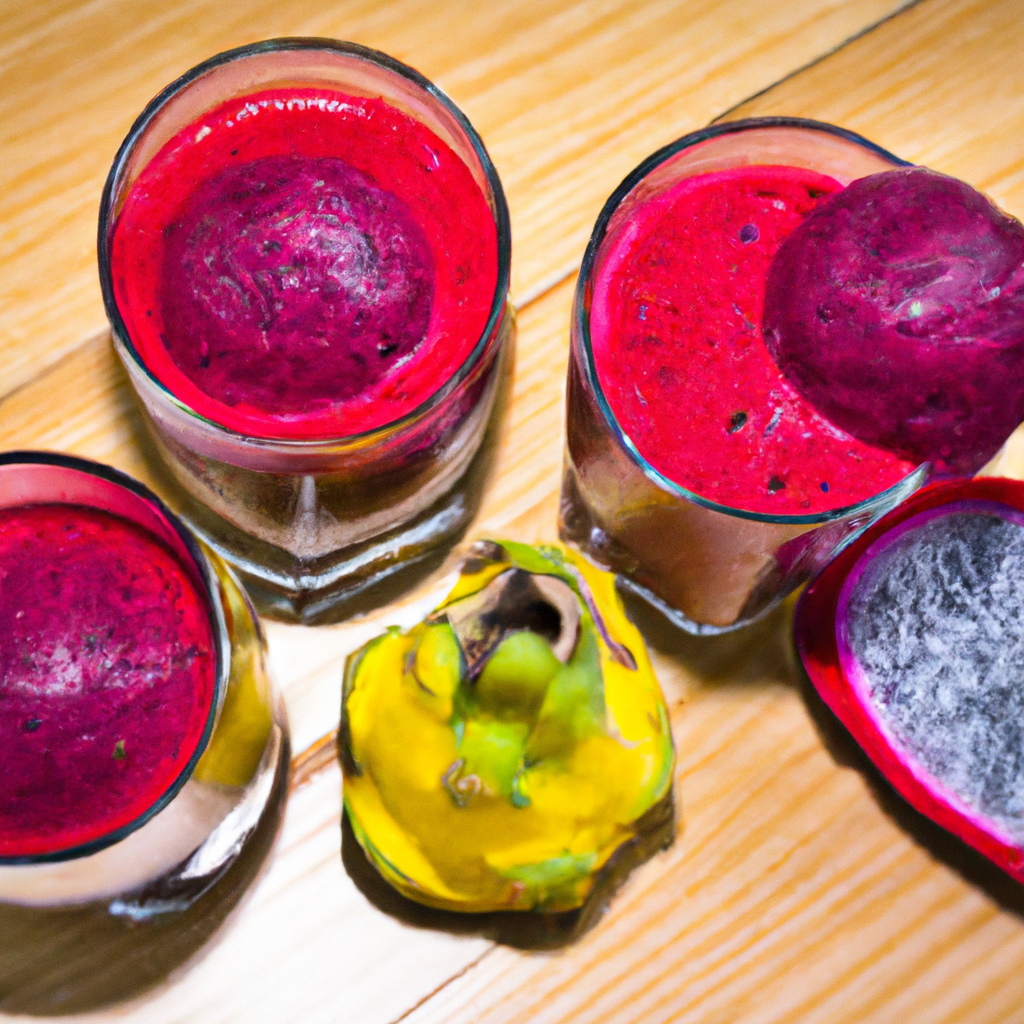
Is Dragon Fruit Good for You?
Aside from its appealing taste, dragon fruit also offers several health benefits. Here’s why you should consider adding it to your diet:
- Rich in Nutrients: Dragon fruit is packed with essential vitamins and minerals. It is an excellent source of vitamin C, which supports a healthy immune system, and contains B vitamins, calcium, iron, and magnesium.
- High in Fiber: The fruit’s flesh is high in dietary fiber, which aids in digestion and helps maintain a healthy digestive system.
- Antioxidant Properties: Dragon fruit contains antioxidants that help protect the body against oxidative stress and cell damage caused by free radicals.
- Hydration: With its high water content, dragon fruit can contribute to your daily hydration needs and keep you feeling refreshed.
Dragon Fruit Recipes
Looking for exciting ways to incorporate dragon fruit into your meals? Here are a few enticing recipes to try:
- Dragon Fruit Smoothie Bowl: Blend frozen dragon fruit with your favorite berries, a splash of coconut milk, and a handful of spinach. Top it with granola, sliced fruits, and a drizzle of honey for a vibrant and nutritious breakfast bowl.
- Dragon Fruit Salsa: Combine diced dragon fruit with chopped tomatoes, onions, jalapeños, cilantro, lime juice, and a pinch of salt. Serve it as a refreshing salsa with tortilla chips or as a tangy topping for grilled fish or chicken.
- Dragon Fruit Popsicles: Blend dragon fruit with coconut water, a squeeze of lime juice, and a touch of honey. Pour the mixture into popsicle molds and freeze until solid for a delightful frozen treat on hot summer days.
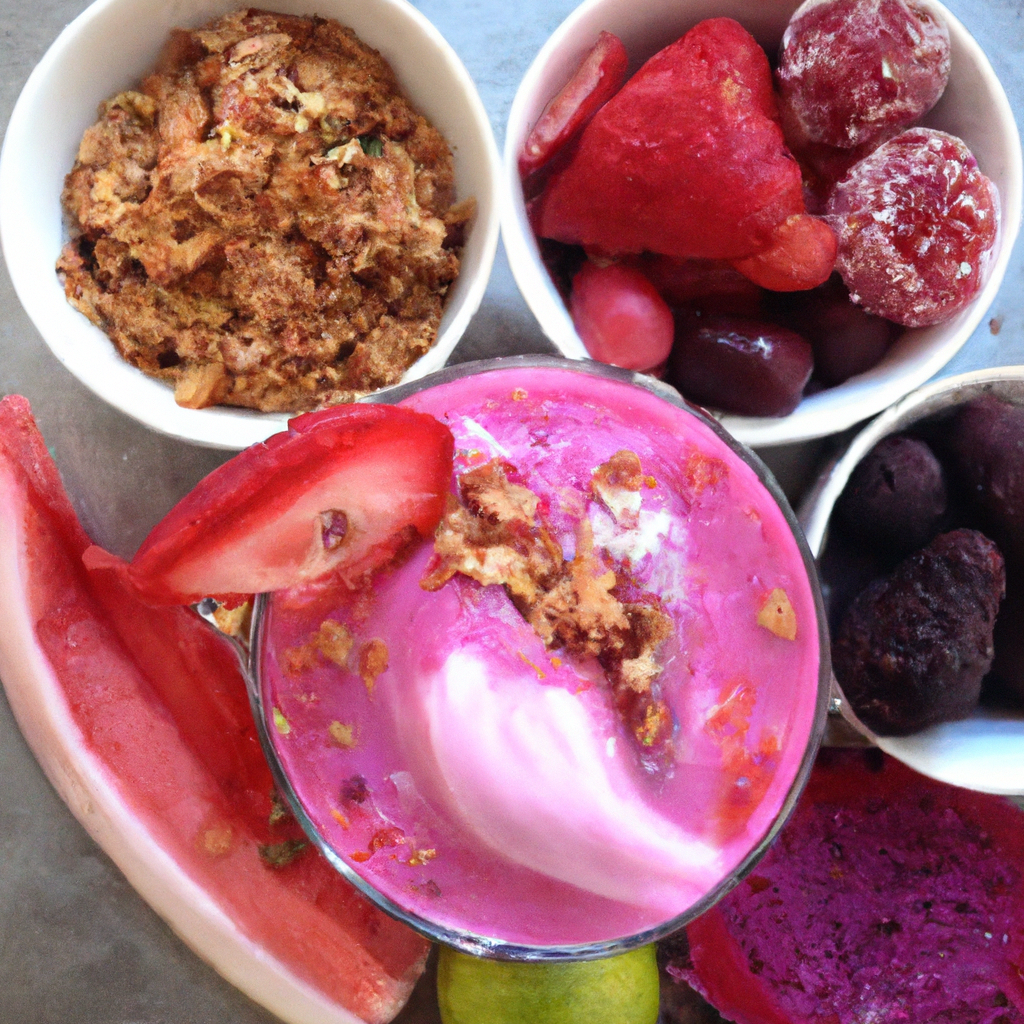

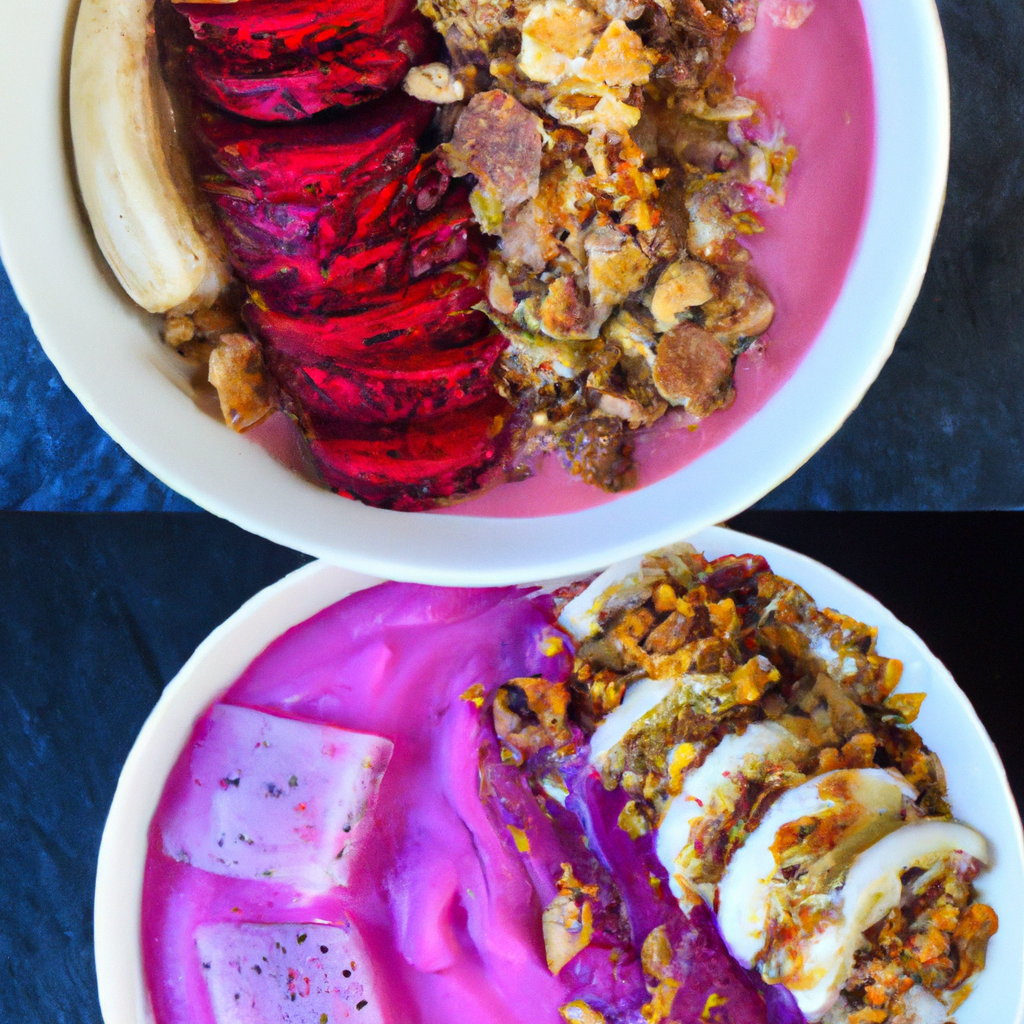

FAQs
Q: Does dragon fruit taste sour?
A: No, dragon fruit does not typically taste sour. Its flavor is often described as a blend of kiwi and pear, subtly sweet with a slight tanginess.
Q: Which dragon fruit has the most taste?
A: The red-fleshed variety of dragon fruit, also known as Hylocereus costaricensis, is often considered to have a more intense flavor compared to the white-fleshed variety.
Q: Why is dragon fruit not sweet?
A: Dragon fruit has a mild sweetness. If it doesn’t taste sweet, it may not be ripe yet. The sweetness of a dragon fruit can also vary depending on its variety and growing conditions.
Q: What is the sweetest fruit?
A: While sweetness can vary, some of the sweetest fruits often include mangoes, dates, and figs. However, the perceived sweetness can also depend on individual taste preferences.
Q: Which color dragon fruit is best?
A: The best dragon fruit is often a matter of personal preference. Red and yellow dragon fruits are usually sweeter than the white ones, but all varieties offer a unique and enjoyable flavor profile.
Q: Is dragon fruit sweeter than kiwi?
A: Dragon fruit and kiwi have comparable levels of sweetness. However, dragon fruit is often described as having a more subtle sweetness compared to the more pronounced sweetness of a ripe kiwi.
In conclusion, dragon fruit offers a delightful taste experience with its subtly sweet and slightly tangy flavors. Its vibrant colors, refreshing texture, and versatility make it an excellent addition to your culinary adventures. Whether enjoyed fresh, blended into smoothies, or incorporated into various recipes, dragon fruit is a flavorful and nutritious fruit worth exploring. So why not give it a try and let your taste buds embark on a unique tropical journey.

Hi, I’m King Phils, a Dragon Fruit enthusiast and blogger. Welcome to my website, where I share everything I know and love about this amazing fruit.